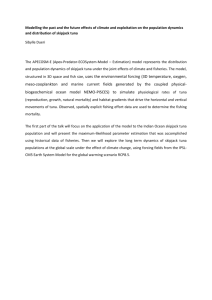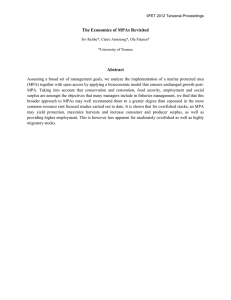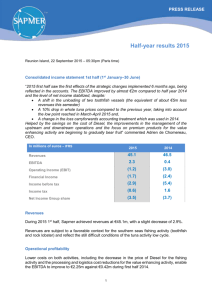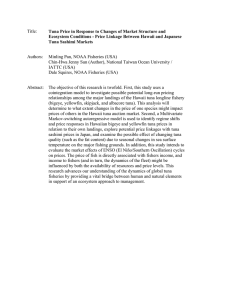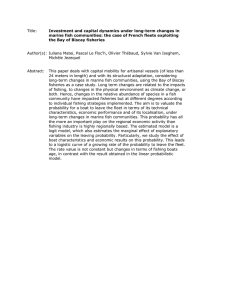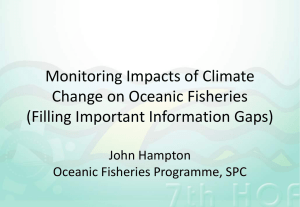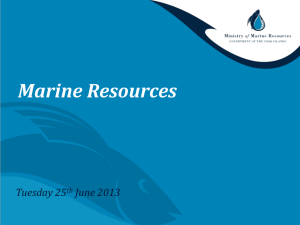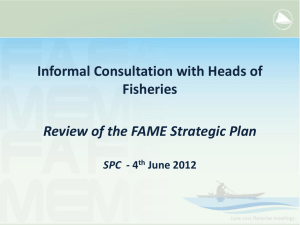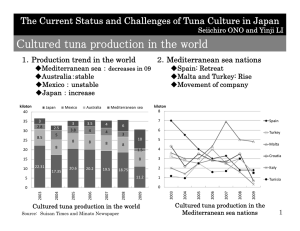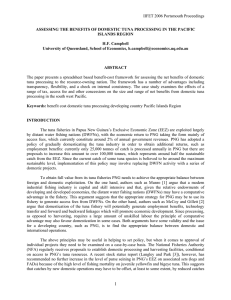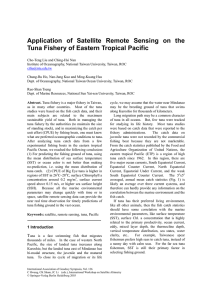Title: A Spatial Bioeconomic Model of West Indian Ocean Tuna Fisheries.
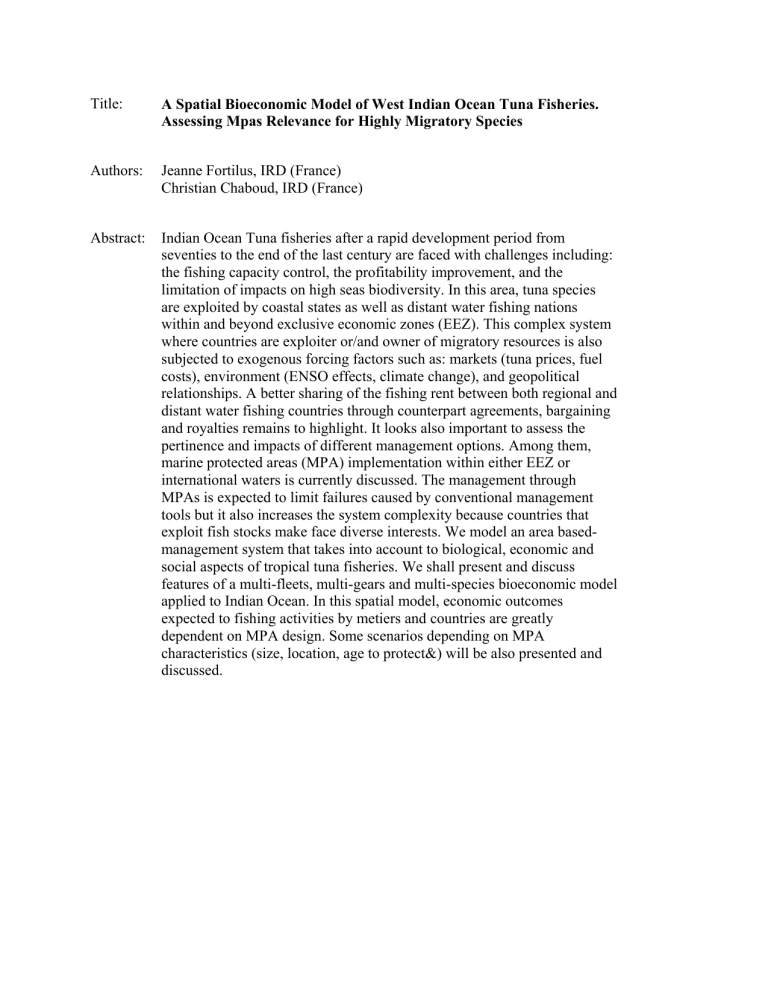
Title: A Spatial Bioeconomic Model of West Indian Ocean Tuna Fisheries.
Assessing Mpas Relevance for Highly Migratory Species
Authors: Jeanne Fortilus, IRD (France)
Christian Chaboud, IRD (France)
Abstract: Indian Ocean Tuna fisheries after a rapid development period from seventies to the end of the last century are faced with challenges including: the fishing capacity control, the profitability improvement, and the limitation of impacts on high seas biodiversity. In this area, tuna species are exploited by coastal states as well as distant water fishing nations within and beyond exclusive economic zones (EEZ). This complex system where countries are exploiter or/and owner of migratory resources is also subjected to exogenous forcing factors such as: markets (tuna prices, fuel costs), environment (ENSO effects, climate change), and geopolitical relationships. A better sharing of the fishing rent between both regional and distant water fishing countries through counterpart agreements, bargaining and royalties remains to highlight. It looks also important to assess the pertinence and impacts of different management options. Among them, marine protected areas (MPA) implementation within either EEZ or international waters is currently discussed. The management through
MPAs is expected to limit failures caused by conventional management tools but it also increases the system complexity because countries that exploit fish stocks make face diverse interests. We model an area basedmanagement system that takes into account to biological, economic and social aspects of tropical tuna fisheries. We shall present and discuss features of a multi-fleets, multi-gears and multi-species bioeconomic model applied to Indian Ocean. In this spatial model, economic outcomes expected to fishing activities by metiers and countries are greatly dependent on MPA design. Some scenarios depending on MPA characteristics (size, location, age to protect&) will be also presented and discussed.
